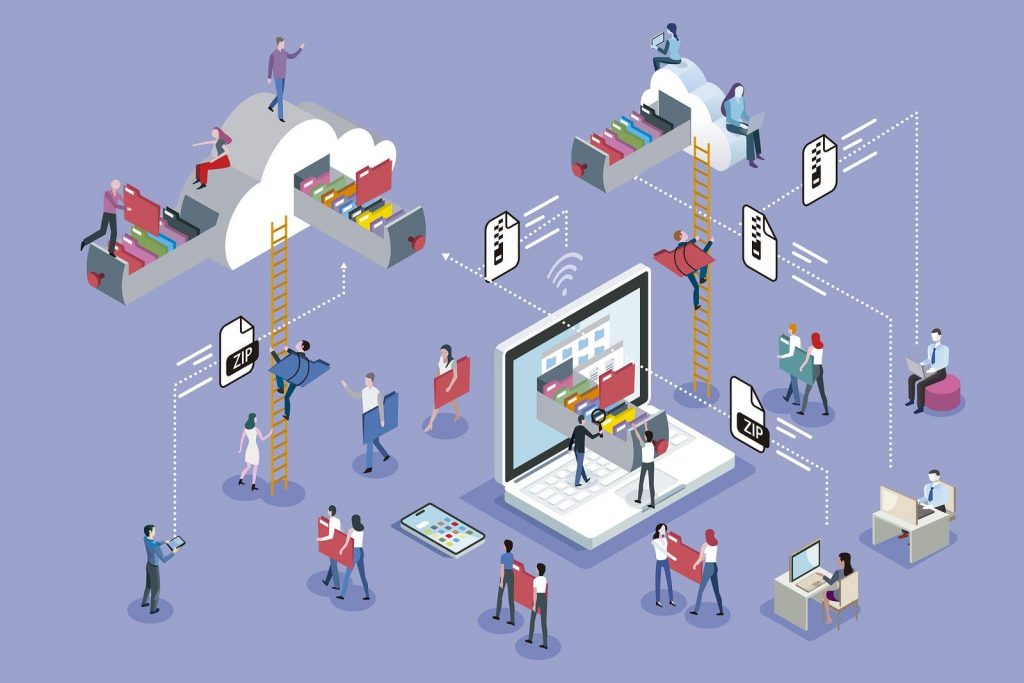Cisco Certification Training in the Philippines: Reviewing the MPLS Architecture
If you’re aiming for certification in Cisco’s Routing and Switching tracks, you have to master the Multi-Protocol Label Switching (MPLS) architecture. It’s one of the devices that will surely appear in the assessment test. The best way to ensure theoretical and practical competence is by enrolling in Cisco certification training in the Philippines. Cisco trainers can teach you everything you need to know about MPLS.
Before you attend training sessions, brush up your know-how on MPLS. Not only will it help you keep up with the instructor’s recap and lessons better, but it’ll also help you pick up new information and practices faster.
MPLS: A Powerful Routing Traffic Mechanism
MPLS is an essential device for routing traffic in a telecommunication network. It assists with the transmission of data from one network node to the next. Here’s how it facilitates network optimization.
- It merges the capabilities and performance of Layer 2 switching with those of Layer 3 routing.
- It enables specialists to distinguish services without comprising the current network infrastructure.
- It allows service providers to overcome the challenges presented by dramatic developments in network implementation.
- It supports the development of routes between a source and a destination with a completely router-based foundation.
- It helps operators diminish network congestion, manage traffic flow, and maximize network resources.
- It can determine the best paths for network traffic and establish relevant and explicit routes.
- It facilitates the efficient transmission of IP services over an ATM switched network.
Another great thing about MPLS architecture is its flexibility. It can be applied in tandem with any combination of Layer 2 technologies and support all Layer 3 protocols. The scaling opportunities it offers are well beyond what is typically provided by most of today’s networks.
These are some of the reasons MPLS architecture is always a part of Cisco training in the Philippines.
MPLS: How It Works
Labels play an important role in Multi-Protocol Label Switching architecture. Packets are cast through a network based on them. Here’s how it works.
- MPLS routers determine a label-switched path (LSP). LSP is a path that was previously established based on the criteria in a Forwarding Equivalence Class (FEC), which refers to a “set” of packets that are to be handled in a similar way. The LSP’s purpose is to route traffic in an MPLS network.
- The MPLS forwarding occurs once the LSP is established. LSP is unidirectional. Meaning: the return traffic is always sent over a different LSP.
The association of the labels to a predetermined network path (FEC) enables a higher level of control over the transmission compared to packet-switched networks.
Aside from these, MPLS routing also allows the attribution of Qos characteristics and priorities to specific data flows. In the event that traffic rerouting must be implemented, operators can easily determine fallback paths.
Learn More about MPLS
Improve your use of Cisco systems by developing an in-depth knowledge of MPLS. Enroll now at AR Network Consulting and Services — your trusted center for Cisco certification training in the Philippines! Call 903-7891 for inquiries and details.

